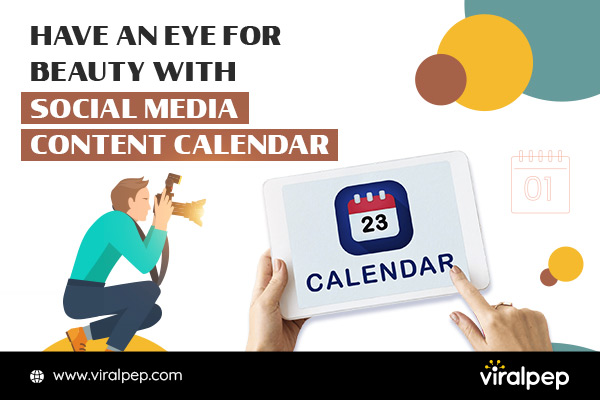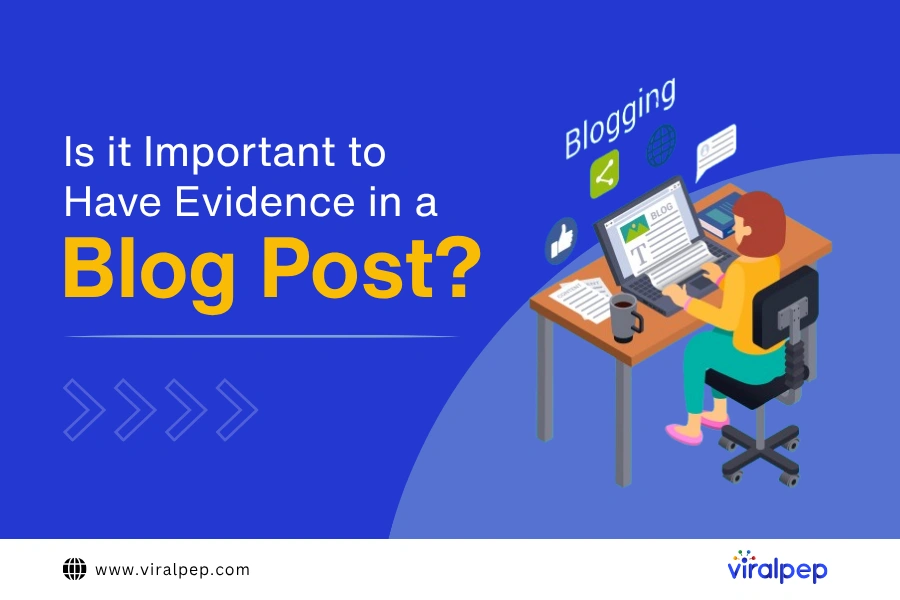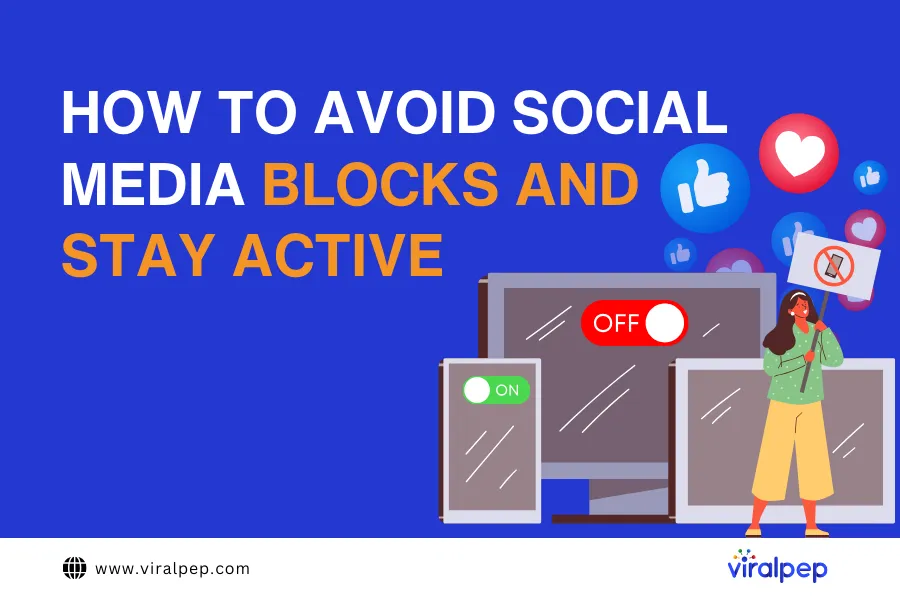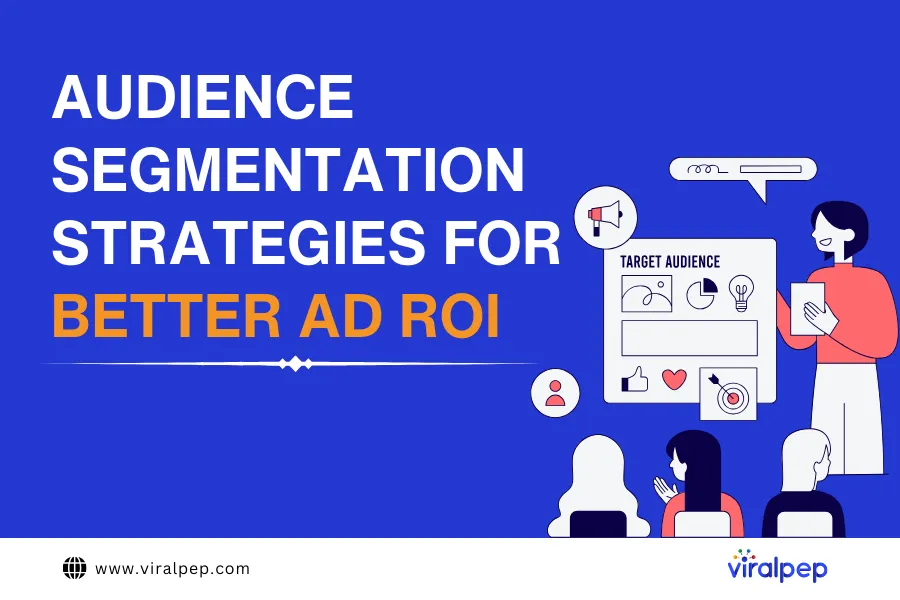Introduction
In today’s digital age, social media has become a powerful tool for photographers to showcase their work, connect with potential clients, and build a strong online presence. Platforms like Instagram, Facebook, and Pinterest provide a visually-driven space where photographers can share their artistry, attract followers, and gain exposure to a wider audience.
With millions of users scrolling through their feeds daily, social media offers photographers an unprecedented opportunity to showcase their talent, engage with their audience, and establish themselves as professionals in their field. A well-organized content calendar lets you plan and schedule your social media posts in advance, ensuring you have consistent content to share with your audience.
This blog post will equip any aspiring photographer wanting to kickstart their social media journey with the knowledge and tools to effectively plan and organize their social media content, elevate their photography brand, and attract their target audience.
Know Your Target Audience
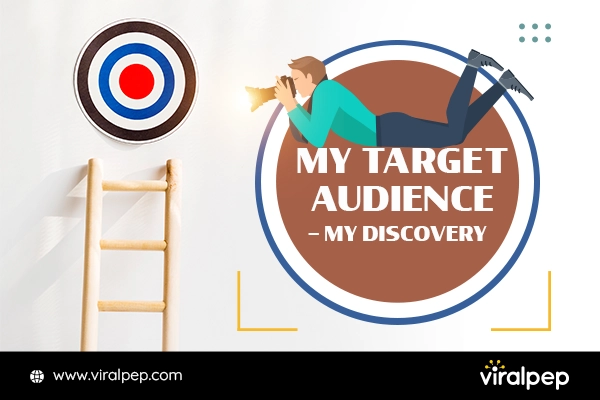
-
Define Your Target Audience
When creating a successful social media content calendar as a photographer, one of the most crucial steps is to know your target audience. By understanding your audience, you can create content that resonates with them, captures their attention, and ultimately drives engagement.
Start by defining the demographics of your target audience, such as their age, gender, location, and profession. This information will provide a foundation for understanding their needs, interests, and preferences.
Identify Their Demographics and Interests
Dig deeper into your target audience’s demographics and interests. Consider factors like their education level, income range, hobbies, and other relevant details.
For example, if you specialize in portrait photography, your target audience might include individuals interested in fashion, beauty, or personal branding. Understanding these interests will help you tailor your content to their needs and desires.
Read also: Why Invest in Social Media for Brand Marketing
Understand Their Preferences and Pain Points
Identifying your target audience’s preferences and pain points is crucial to engage with them effectively. What are the challenges they face in their photography journey? What are the common questions or problems they encounter?
By understanding their pain points, you can create content that addresses those challenges and provides solutions. This can include sharing tips, tutorials, and advice that cater to their needs, positioning yourself as a valuable resource.
Explore: Harnessing user-generated content to leverage your business
-
Research Popular Photography Topics Among Your Audience
Explore Trending Photography Styles, Techniques, and Genres
Stay up-to-date with the latest trends in the photography industry. Research popular photography styles, techniques, and genres that resonate with your target audience.
For example, if you primarily cater to landscape photographers, explore trends in landscape photography, such as drone photography or long exposure techniques. This knowledge will help you create content that aligns with current interests and captures your audience’s attention.
Analyze Popular Hashtags and Keywords
Take advantage of social media platforms to analyze trending hashtags and keywords related to photography. This will give you insights into the topics and themes currently trending among your target audience.
Look for frequently used recurring hashtags and keywords by photographers in your niche. Incorporate these hashtags and keywords into your content to increase its visibility and reach.
By knowing your target audience and researching popular photography topics, you can create a content calendar tailored to their interests, preferences, and needs. This approach will help you establish a strong connection with your audience, boost engagement, and ultimately grow your photography business.
You May Also Read: How Instagram #Hashtags Can Be a Game Changer for Your Business
Setting Social Media Goals

-
Define Your Social Media Objectives
Increase Brand Visibility and Reach
One of the primary goals for photographers on social media is to increase brand visibility and reach. This means expanding your online presence and getting your work in front of a larger audience. Increasing your brand visibility can attract potential clients, collaborators, and opportunities.
Drive Traffic to Your Website or Portfolio
Another important objective is to drive traffic to your website or portfolio. Your website is a central hub where potential clients can view your portfolio, learn more about your services, and contact you. Directing social media users to your website can convert them into paying clients or leads.
Generate Leads or Bookings
Social media can be a powerful tool for generating leads and bookings. The goal is to attract potential clients interested in your photography services and convert them into paying customers. By showcasing your work, sharing testimonials, and providing clear calls to action, you can encourage users to reach out and book your services.
-
Determine Key Performance Indicators (KPIs)
Metrics to Measure Success
Determining key performance indicators (KPIs) aligning with your objectives is important to track the effectiveness of your social media efforts. These metrics include follower growth, engagement rates (likes, comments, shares), reach or impressions, website clicks, and conversions (such as inquiries or bookings).
Related Blog: Most Important Social Media Metrics for Your Business
-
Establish Realistic Goals for Each Platform
Different social media platforms have unique characteristics and audience behaviors. Setting realistic goals for each platform based on its strengths and your target audience’s preferences is important.
Example:
Instagram
Increase follower count, engagement rate, and website clicks.
Facebook
Expand reach through boosted posts or targeted advertising campaigns.
Twitter
Drive engagement through retweets, replies, and hashtag usage.
Setting specific and realistic goals for each platform allows you to tailor your content and strategies to maximize results and make the most of each social media channel.
Setting clear social media goals will provide a roadmap for your content calendar and help you measure your progress over time. By aligning your objectives, KPIs, and platform-specific goals, you can create a strategic and effective social media presence that supports your overall business growth as a photographer.
Content Types and Themes
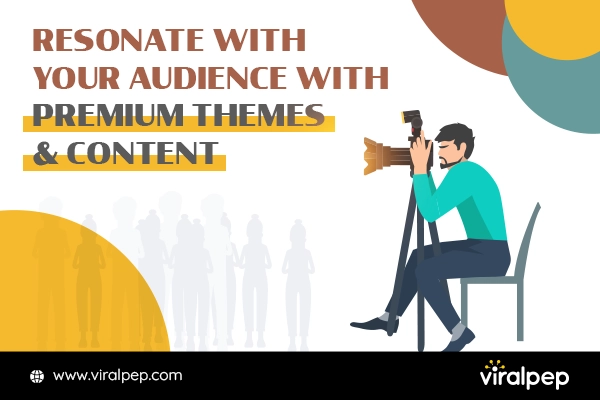
-
Identify Content Types that Resonate with Your Audience
Showcasing Your Photography Portfolio
Share your best and most captivating photographs to showcase your skills and unique style. Use high-quality images that reflect your expertise and highlight the type of photography you specialize in.
Behind-the-Scenes Glimpses into Your Creative Process
Give your audience a behind-the-scenes look at your creative process. This could include sharing images or videos of your setup, editing techniques, or behind-the-scenes moments during photoshoots. This helps humanize your brand and build a connection with your audience.
Read also: Build Brand Trust Using Social Media
Client Testimonials and Success Stories
Share testimonials and success stories from satisfied clients. Highlight their positive experiences working with you and your photography’s impact on their lives or businesses. This helps build trust and credibility with potential clients.
Photography Tips and Tutorials
Offer valuable insights and educational content by sharing photography tips and tutorials. This could include composition techniques, lighting tips, editing tricks, or advice on capturing specific subjects. Providing helpful information positions you as an expert in your field and encourages audience engagement.
-
Define Recurring Themes for Your Content Calendar
Seasonal or Holiday-Related Posts
Align your content with seasonal events, holidays, or special occasions. For example, share photography tips for capturing holiday lights, showcase autumn-themed images, or offer a special promotion during Valentine’s Day. This keeps your content fresh and relevant.
Throwback or #TBT Posts Featuring Past Work
Engage your audience by sharing throwback posts featuring your previous work. Use the hashtag #TBT (Throwback Thursday) to join the conversation and provide context or stories behind the images. This allows you to showcase your portfolio while adding a nostalgic touch.
Collaboration or Feature Posts with Other Photographers or Brands
Collaborate with other industry photographers or brands to create content. This could include featuring their work on your platform, participating in photography challenges, or hosting joint giveaways. Collaborations help expand your reach and introduce you to new audiences.
By incorporating these content types and themes into your social media content calendar, you can offer engaging and valuable posts that resonate with your target audience. Remember to tailor your content to their interests and preferences, keeping them informed, inspired, and entertained.
Planning the Content Calendar
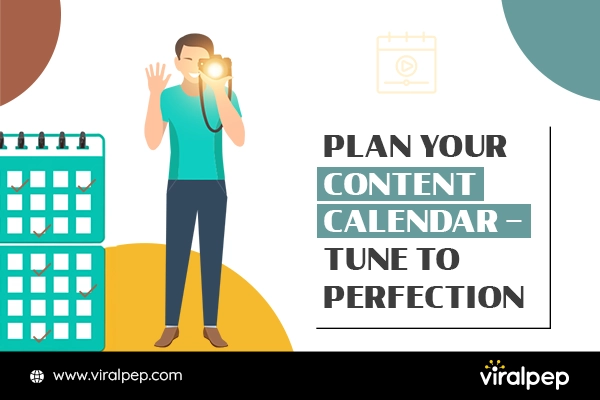
-
Choose a Calendar Tool or Platform
Select a calendar tool or platform that suits your needs and preferences. Popular options include Google Calendar, Trello, or social media scheduling tools like Viralpep, Hootsuite, or Buffer. Find a tool that allows you to organize and schedule your content easily.
-
Decide on a Posting Frequency and Schedule
Determine how often you post on each social media platform. Consider your resources and capacity to create and share high-quality content consistently. Maintaining a regular posting schedule is important to keep your audience engaged. Additionally, research the best times to reach your target audience on each platform to optimize visibility and engagement.
-
Allocate Content Types and Themes to Specific Dates
Assign specific content types and themes to dates in your content calendar. This will help you plan and diversify your content effectively. Consider your target audience’s preferences, seasonal events, and marketing objectives.
Plan Your Portfolio Showcases, Behind-the-Scenes Posts, and Tips/Tutorials Strategically
Spread your portfolio showcases, behind-the-scenes posts, and tips/tutorials throughout your content calendar. This ensures a balanced mix of content and provides your audience with valuable insights into your work and creative process.
Align Seasonal or Holiday-Related Posts with Relevant Dates
Identify important dates or holidays aligning with your target audience’s interests or photography niche. Plan seasonal or holiday-related posts accordingly. For example, if you specialize in outdoor photography, schedule posts showcasing spring blooms or fall foliage during peak seasons. This keeps your content timely and relevant.
By planning your content calendar, you can maintain consistency, ensure a diverse range of content, and strategically align your posts with relevant dates and themes. Regularly review and adjust your content calendar based on feedback, analytics, and emerging trends to optimize your social media presence.
You May Like: How to Write Meaningful and Clickable Content
Creating Engaging Visuals
-
Emphasize the Importance of High-Quality Visuals in Photography Social Media Posts
Highlight the significance of captivating visuals in attracting and engaging your audience. As a photographer, your images serve as the main content and should be of exceptional quality. Share the value of investing time and effort into creating visually stunning posts.
-
Use Professional Photo Editing Software to Enhance Your Images
Utilize professional photo editing software like Adobe Photoshop or Lightroom to enhance the quality of your images. Adjust brightness, contrast, saturation, and sharpness to make your photos visually appealing and impactful. Experiment with editing techniques to achieve your desired aesthetic.
Related Blog: Top 6 Image Editing Tools That Make You Look Like a Pro
-
Optimize Your Visuals for Each Social Media Platform
Understand the Ideal Image Dimensions and Formats for Instagram, Facebook, Twitter, etc.
Different social media platforms have specific image dimension requirements to ensure optimal display. Research and understand the recommended image sizes for each platform to avoid cropping or distortion. Adhering to these guidelines will result in visually pleasing and properly displayed visuals.
Consider Using Tools like Canva or Adobe Spark to Create Eye-Catching Graphics or Collages
Utilize graphic design tools like Canva or Adobe Spark to create visually appealing graphics, collages, or quote cards. These tools provide pre-designed templates and user-friendly interfaces, allowing you to showcase your images creatively and add text or graphics for additional impact.
Emphasizing the importance of high-quality visuals, enhancing your images with professional editing software, and optimizing your visuals for each platform, allows you to create visually stunning and engaging social media posts capturing your audience’s attention and effectively showcasing your photography skills.
Engaging with Your Audience

-
Respond to Comments and Direct Messages Promptly
Make it a priority to respond to comments and direct messages from your audience promptly. Engaging with your audience shows you value their feedback and creates a sense of connection. Take the time to address their questions, provide insights, or express gratitude for their support.
-
Ask Questions or Create Polls to Encourage Interaction
Encourage audience participation by asking questions about your photography or industry. This can be done through captions, Stories, or dedicated posts. Polls are another effective way to gather opinions or preferences from your audience. Their responses not only provide valuable insights but also generate conversation and engagement.
-
Organize Photo Contests or Challenges to Involve Your Audience
Organize photo contests or challenges encouraging your audience to participate and showcase their photography skills. Set specific entry themes or criteria, and offer prizes or recognition for the best submissions. This fosters engagement and builds a sense of community among your followers.
By promptly responding to comments and direct messages, asking questions or creating polls, and organizing photo contests or challenges, you actively involve your audience in your social media content. This fosters a sense of community, increases engagement, and strengthens the connection between you and your followers.
Analyzing and Adjusting

-
Track and Analyze Your Social Media Performance
Utilize the built-in analytics provided by each social media platform, or consider using third-party analytics tools to track and analyze your social media performance. Monitor follower growth, engagement rates, reach, and website clicks. These insights will help you understand which platforms and content types resonate with your audience.
Evaluate the Success of Different Content Types and Themes
Regularly evaluate the performance of your content types and themes. Look at the engagement levels, comments, likes, and shares to identify which types of posts are generating the most interest and interaction from your audience.
Additionally, pay attention to the feedback you receive, both positive and constructive, to gain insights into what your audience values and wants to see more of.
-
Make Adjustments to Your Content Calendar
Based on the data and insights gathered, adjust your content calendar. Optimize the frequency and timing of your posts to align with the periods when your audience is most active.
Prioritize the content types and themes that have shown the highest levels of engagement and adjust or eliminate those that haven’t performed as well. Continuously refine and adapt your content strategy to ensure it remains relevant and engaging for your audience.
You can optimize your social media strategy by tracking and analyzing your social media performance, evaluating the success of different content types and themes, and adjusting your content calendar based on audience engagement and performance metrics. This iterative process allows you to effectively refine your approach, maximize audience engagement, and achieve your social media goals.
Staying Consistent
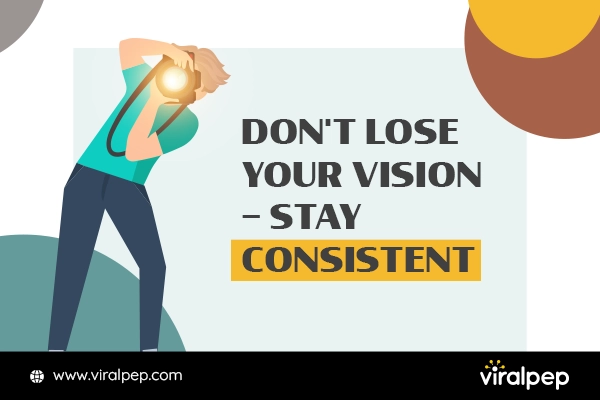
-
Emphasize the Importance of Consistency
Consistency is key to maintaining a strong online presence. Regularly posting high-quality content helps establish your brand and build trust with your audience. Consistency also ensures that your followers know what to expect from you and keeps them engaged and interested in your photography.
-
Create a Style Guide
Develop a style guide for your social media posts to maintain a cohesive and recognizable brand. This guide should include elements such as color schemes, fonts, and a consistent tone of voice that aligns with your photography style and brand identity. These guidelines will give your social media profiles a polished and professional look.
-
Set Reminders and Notifications
Set reminders and notifications to stay on track with your content creation and posting. Use calendar apps or social media scheduling platforms to schedule content in advance. This ensures that you consistently publish posts at the optimal times and maintain a steady flow of engaging content.
You can establish a consistent and recognizable presence on social media by emphasizing the importance of consistency, creating a style guide, and setting reminders and notifications. This consistency builds trust, strengthens your brand, and keeps your audience engaged and connected to your photography.
You May Find Interesting: Reasons Why Content Scheduling Makes Social Media Marketing Efficient
Conclusion
A social media content calendar is valuable for photographers looking to enhance their online presence and engage with their audience effectively. By planning and organizing your content in advance, you can ensure a consistent flow of high-quality posts that align with your brand and resonate with your target audience.
Throughout this blog post, we have highlighted the importance of social media for photographers, the benefits of having a content calendar, and provided practical tips and ideas for creating engaging content. We discussed the significance of knowing your target audience, setting goals, and identifying content types and themes that resonate with your followers.
We also covered the importance of engaging with your audience, analyzing performance, staying consistent, and adjusting your strategies.
Now is the time to start planning your social media content calendar. Take the knowledge and insights gained from this blog post and apply them to your photography business. Remember to set realistic goals, track your performance, and adjust your content strategies based on audience feedback and analytics.
In addition, we encourage you to stay up-to-date with the latest social media trends and best practices for photographers. Experiment with new ideas, stay engaged with your audience, and continuously refine your approach to create a compelling and successful social media presence.
By implementing a well-thought-out content calendar and following the tips and best practices shared in this blog post, you can take your social media marketing efforts to the next level and effectively showcase your photography skills to a wider audience.
We wish you all the best on your social media journey, and may your photography business thrive in the digital realm!
FAQs
Why is social media important for photographers?
Social media provides photographers a powerful platform to showcase their work, connect with their audience, and attract potential clients. It allows them to build their brand, share their portfolio, and engage with a wider community of photography enthusiasts.
What are the benefits of having a content calendar for social media?
A content calendar helps photographers stay organized and consistent with their social media posts. It allows them to plan, maintain a cohesive brand image, and ensure a steady stream of engaging content. It also saves time and helps them stay focused on their marketing goals.
How often should I post on social media as a photographer?
The frequency of posting on social media depends on various factors, including your platform and your target audience’s behavior. It is recommended to post consistently but not overwhelm your audience. Aim for a balance between quality and quantity, and consider posting at least a few times a week on each platform.
How can I determine my target audience as a photographer?
To define your target audience, consider the type of photography you specialize in and the demographics and interests of your ideal clients. Conduct market research, analyze your existing client base, and use social media analytics to gain insights into the demographics and preferences of your engaged audience.
How do I develop engaging content ideas for my social media posts?
You can find inspiration for content ideas by understanding your target audience’s interests, following photography trends, and researching popular topics in the photography community. Consider sharing behind-the-scenes glimpses, client testimonials, and photography tips and showcasing your portfolio to keep your audience engaged.
Should I use scheduling tools for my social media content calendar?
Scheduling tools can greatly benefit photographers in managing their social media content calendar. Tools like Hootsuite, Buffer, or Sprout Social allow you to schedule posts in advance, maintain consistency, and save time. However, balancing scheduled content with real-time engagement is important to keep your social media presence authentic.
How can I measure the success of my social media posts?
Social media analytics provide valuable insights into the performance of your posts. You can track metrics like engagement rate, follower growth, reach, website clicks, and post impressions.
Analyzing these metrics helps you understand what type of content resonates with your audience and allows you to make data-driven decisions for future posts.
How often should I review and adjust my social media content calendar?
Regularly checking your social media content calendar, such as monthly or quarterly, is recommended. This allows you to evaluate the performance of your posts, identify patterns, and make necessary adjustments to optimize your content strategy. Stay flexible and adapt to changes in your audience’s preferences and the evolving social media landscape.
What are some best practices for successful social media marketing as a photographer?
- Consistently showcase your best work to maintain a strong portfolio.
- Engage with your audience by responding to comments and messages promptly.
- Utilize relevant hashtags to reach a wider audience and increase discoverability.
- Collaborate with other photographers or brands to expand your reach.
- Stay up-to-date with photography trends and share your insights and expertise.
- Maintain a consistent visual style and brand identity across your social media platforms.


